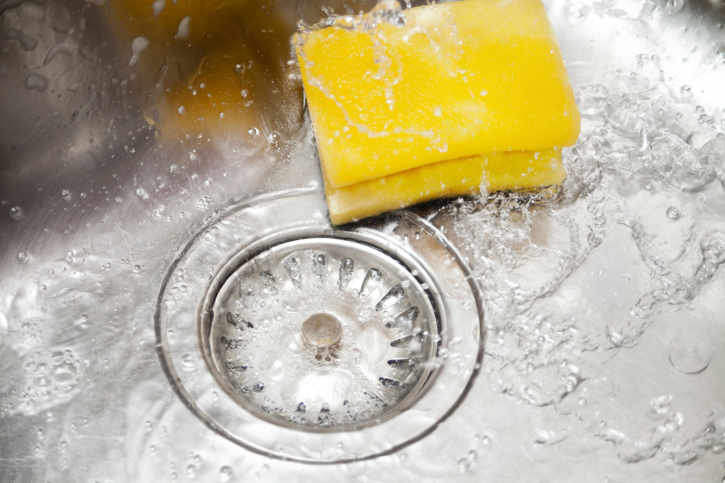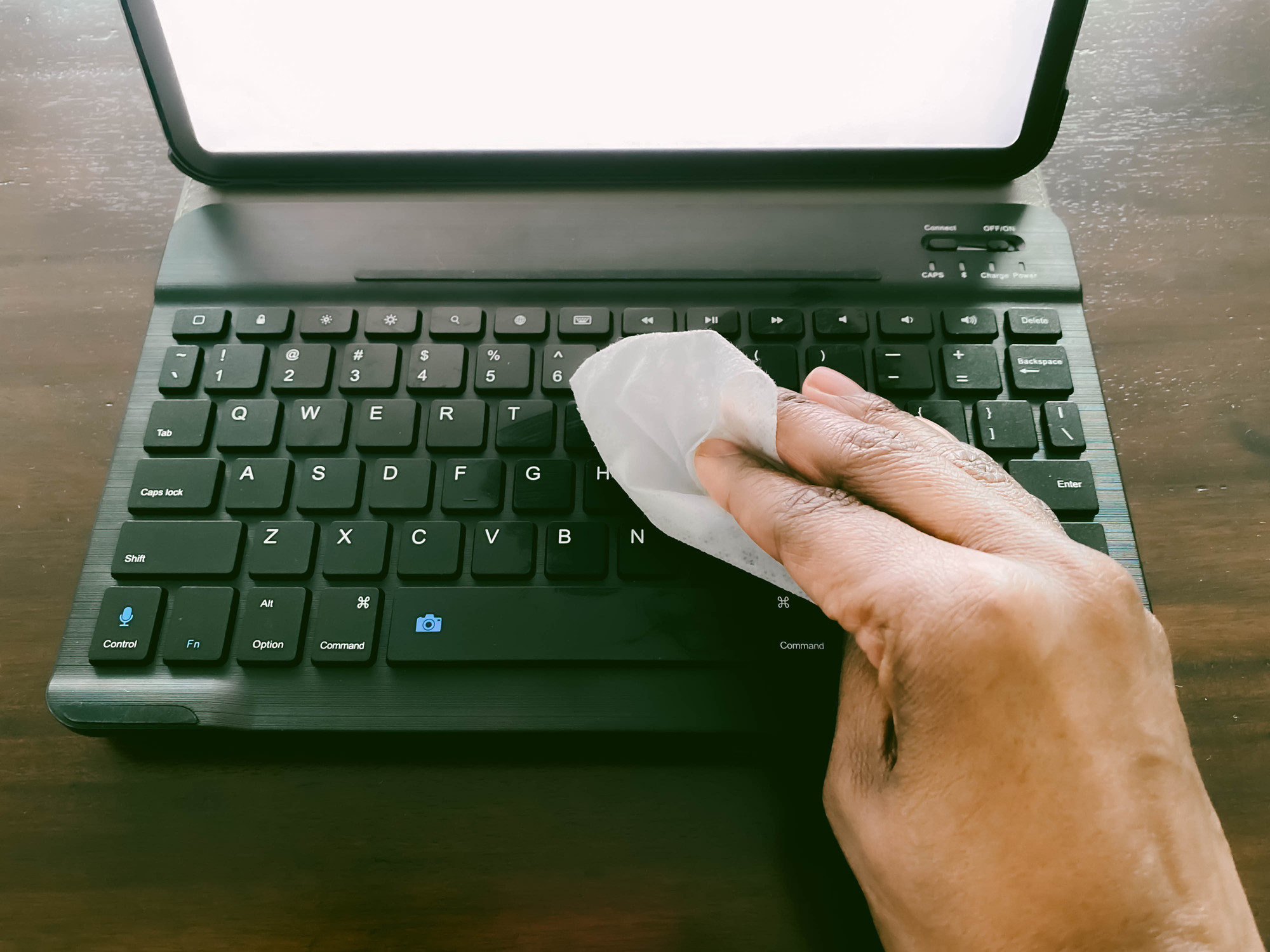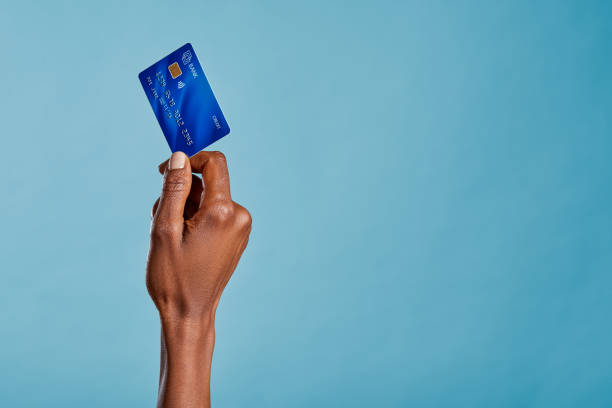
When you think of something being dirty, you probably assume that you’d notice and clean it immediately. Unfortunately, there are many items you touch in your house every day that accumulate dirt and germs without bringing attention to themselves. Once you know what they are, though, you can protect yourself from all the filth.
20 Filthy Things in Your House
1. The Remote Control
Everybody touches the remote and their hands are rarely clean. It makes an ideal environment for the growth of germs and some researchers have suggested that your remote control could be 20 times dirtier than your toilet.
2. Your Cell Phone
You carry your phone everywhere – including the bathroom. It’s no surprise then that scientists have found more than 25,000 bacteria per square inch on an average phone.
3. Pet Toys, Bedding, and Bowls
Your pet’s toys, bedding, and bowls can easily accumulate dirt and microorganisms. They contribute a foul smell to your home and can make your pets sick if not cleaned regularly.
4. Dish Sponges
The bacteria on your kitchen sponge could number in the billions if you’re not careful and that’s on par with what’s going on in your toilet.

5. Kitchen Towels
Your kitchen towels are another dirty culprit. While they may not have as many bacteria as a sponge, they still collect a few dangerous ones that can make you sick.
6. Money
Money passes through many hands and not all of them are clean. Studies have shown that the surface of a bill can have over 3,000 types of microorganisms.
7. Your Purse or Wallet
You touch these all the time whether or not your hands are clean. Sometimes you put them down on dirty surfaces like counters and the bathroom.
RELATED: 5 Home Hazards You May Not Know About
8. Your Keyboard
Most people use their computers daily, and their hands aren’t always clean. If not cleaned regularly, your keyboard could easily accumulate up to 400 times more bacteria than the average toilet seat.

9. Bath Towels
You may be clean when you use these towels but they’re in an ideal environment to grow microorganisms.
10. Toothbrush Holder
Your toothbrush drips into the holder, making it easy for microorganisms to grow along the sides or bottom.
11. Hand Soap Bottles
You’re likely to touch the dispensing part of this bottle when your hands are dirty. As a result, hand soap bottles can get as dirty as wherever they’re located.
12. ABM/ATM Card
This is another thing you touch all the time with dirty hands. To make things worse, researchers say ABM/ATM machines are extremely filthy so your cards get exposed to that too.

13. Your Water Bottle
Apart from handling your water bottle with dirty hands, they’re also a prime environment for mold growth.
14. Refrigerator Door
Even people who clean their refrigerator regularly may miss cleaning the door or the handle. Microorganisms accumulate there easily.
15. Your Laundry
Studies show that some microorganisms can persist on your laundry despite being washed.
16. Kitchen Cutting Board
Cutting boards can be rife with microorganisms because of what you cut there combined with missing little debris that sticks in the small cuts.

17. Doorknobs
People rarely clean doorknobs but everybody touches them throughout the day. They can have up to 3,000 bacteria at any time.
18. Your Keys
Not only do you always touch your keys, but you may put them down on dirty surfaces as well.
19. Your Eyeglasses
Studies show that people touch their glasses more often than they think. As a result, it’s easy to transfer germs from your hands.
20. Light Switches
This is another area in your house that you touch often but rarely – or never – clean. According to a recent study, your light switches could have over 200 bacteria per inch.

How to Keep Them Clean
Items like your bath and kitchen towels should be washed regularly. In fact, it’s recommended that you change those towels every three to four days to ensure you’re not being exposed to too many accumulated germs. To ensure that your laundry is being cleaned effectively, consider using hot water in the wash cycle and sticking to the recommended time in the dryer. It’s also important to note that your washer and dryer should be cleaned regularly.
Other items that should be on your daily to-do list include your water bottle and kitchen sponger. While soap and water are enough for your bottle, the sponge should be placed in the microwave for about a minute. When it comes to your toothbrush holder, it’s a good idea to include it in your weekly bathroom cleaning. If you use a hand soap bottle, you’ll benefit from washing it off after each use.
Given how often you use remotes, keys, and cell phones, experts recommend using an alcohol-soaked cloth to wipe them off every day. Your ABM/ATM card may be more complex so make sure to check with your bank about the best way to do that so you don’t damage it. With everything else on the list, a good weekly clean is a good idea.
Your pet’s toys, bedding, and bowls should be thoroughly cleaned every three to four weeks.
Is it Time to Throw Them Out?
One important distinction you need to make to items in your home is when it’s time to just get rid of them. Many things can be washed with no issues but your dish sponges, for example, should be replaced every two to three weeks. At this point, washing them thoroughly is no longer effective at keeping germs under control. The same can be said of your kitchen cutting board. Eventually, it becomes difficult to thoroughly clean the board’s surface because of the small cuts. You should replace your cutting board if you see signs of mildew or there’s a foul smell. Generally, the plastic ones can last up to four years while the board ones can serve you for about five to seven years.
Nobody wants dirty things hanging around their homes. At best, your hands aren’t as clean as you think they are. At worst, you could be making yourself and those around you sick. To prevent that, it’s best to keep everything clean and throw out any items that are no longer effective.









